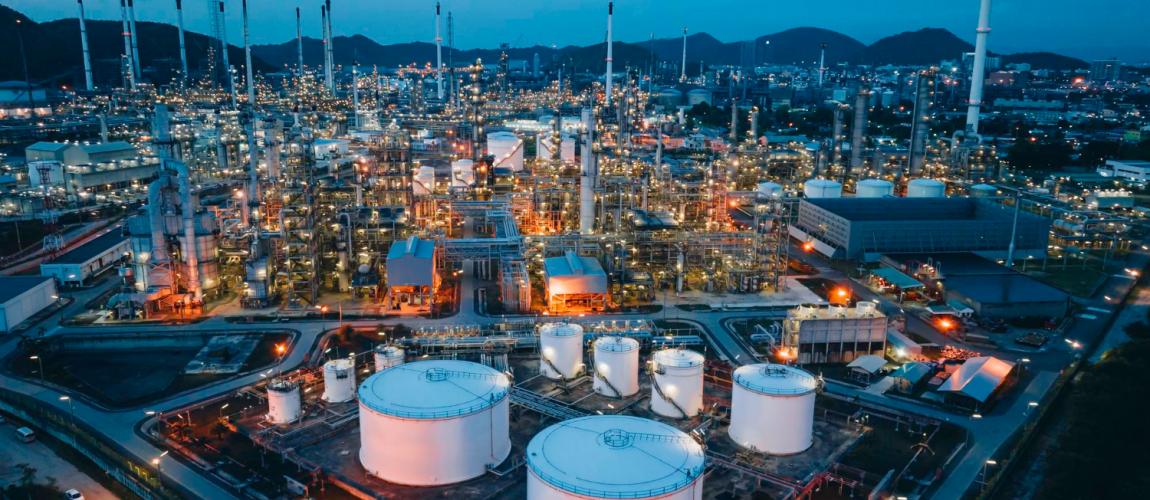Bioenergy Plant, Nuevo Leon, Mexico

Photo Credit: Image by Freepik
On this page: A case study on Bioenergy Plant, Nuevo Leon, Mexico. Find more at the Municipal Public-Private Partnership Framework - Project Summaries section for brief summaries of around 100 projects from around the world, examples of successes and challenges, as well as innovative ideas on solutions, or visit the Guidelines to Implementing Asset Recycling Transactions Section Overview and Content Outline, or download Full Version of the Report.
Project Summary: Background Aiming to reduce the contamination and greenhouse gas emissions stemming from the methane gas generated by a landfill located in Salinas Victoria, Nuevo León, and to harnesss the biogas emanating from this landfill for a productive purpose, the state of Nuevo Leon decided to construct a biogas plant that could convert this byproduct into electrical power. Project Structure Hoping to deliver the project as a PPP, the landfill owner, Waste Processing and Ecological Comprehensive System (Sistema Integral para el Manejo Ecológico y Procesamiento de Desechos, SIMEPRODE), initiated an international two-stage bidding process in October 2000. The winning bidder, a private company named Bioeléctrica S.A. de C.V., was selected in December 2001. A specific purpose vehicle (SPV), Bioenergía de Nuevo León, S.A. de C.V (BENLESA), was then established for the operation and maintenance of the plant. The bioenergy plant was financed, designed and built by another company, SARET, but a review of the publicly available documents revealed no information as to this portion of the project. The plant consists of a pipeline network that captures the gas in an area of about 44 hectares and a central system for electricity generation that consists of 7 internal combustion engines – each with a capacity of 1.06 MW. The original corporate composition of the plant operator, BENLESA, consisted of two shareholders: SIMEPRODE, which contributed USD 5.1 million USD of the initial capital (47 percent), and Bioeléctrica, which contributed USD 5.7 million USD and state-of-the-art technology, accounting for 53 percent of the upfront investment. The project also received financing from the World Bank and the Global Environment Facility. No publicly available information was found regarding he project’s revenues, tariffs, or duration. The PPP’s primary objective is the operation and management of the bioenergy plant, including the provision of equipment and maintenance services. In addition, the operator is responsible for selling the energy surplus to the Electricity Federal Comission. SIMEPRODE retained partial financial risk and land risk as the owner of the landfill and the grounds where it is located. BENLESA assumed partial financial risk and the operation and maintenance risk. In addition to the original two partners, the SPV was expanded to include another category of partners called “User Partners”. This category exists because the Public Energy Service Law stipulated that permission for public or private partner investors to form an energy co-generation company only could only be given if the energy generated by the plant would be sold to the partnered members. Thus, to comply with this law, seven municipalities and three governmental agencies entered into associated agreements (as partnered members) and signed 5-year independent power production contracts with BENLESA. Thus, these municipalities and public agencies are at the same time official partners and power purchasers of BENLESA. These partner purchasers are the only entities authorized to purchase the energy produced by the plant. Lessons Learned Today, the plant supplies almost sixty percent of the energy needed to power the Monterrey Metropolitan Area’s public street lighting, public buildings and drinking water pump, as well as eighty percent of Monterrey’s transportation system energy requirements. The plant also covers its own energy needs. By 2009, the plant had reduced greenhouse gas in an amount equal to 1,351,171 m3 of CO2. The plant is considered the most important electrical energy generation plant of this type in Latin America.1 Footnote 1: Case Source: http:// www.cca.org.mx/ ps/funcionarios/ muniapp/descargas/ Documentos_ de_apoyo/ informaciontematica/ capp/APP_Bioelectrica. pdf
This is a new section of the PPPLRC website and is currently in draft form. Your feedback is welcome: If you would like to comment on the content of this section of the website or if you have suggestions for links or materials that could be included please contact us at ppp@worldbank.org.
To find more, visit the The Municipal Public-Private Partnership Framework - Project Summaries section, the Guidelines to Implementing Asset Recycling Transactions Section Overview and Content Outline, or download Full Version of the Report.
Updated: March 9, 2024